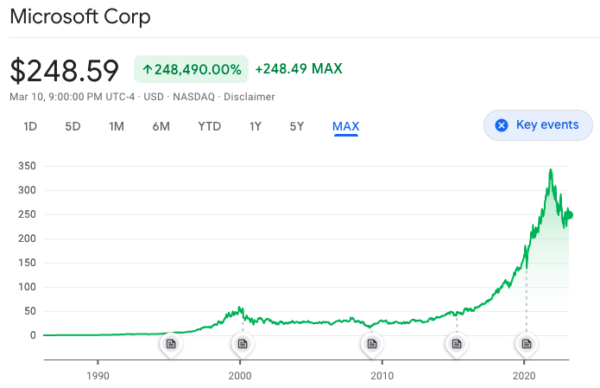Probably you are familiar with the term moonshot and if you aren’t here’s a short definition: a difficult or expensive task, the outcome of which is expected to have great significance.
As difficult as it might sound, launching a transformational new idea that will have a positive impact on your company’s business, can actually be achieved. As a matter of fact, we believe that any company in the world can launch a moonshot providing that the project is sufficiently supported by the leadership of the company.
But asking the question if your company can launch a moonshot is in fact the wrong question to ask. A better question would be: does your company have a ‘space program’? Or in other words, is innovation a repeatable and sustainable activity in your company or is it just done ad-hoc in ‘one-offs’? Is your company geared to see a constant stream of results from innovation?

For a company to launch a moonshot initiative the only things that are needed are a great idea and undivided board-level support for that initiative.
However for a ‘space program,’ the company needs way more. It needs an innovation system made up of innovation strategy, innovation practice, innovation governance, innovation culture and leadership for innovation. Furthermore, all the elements of the innovation system need to be interconnected and equally mature. In their absence, the innovation won’t be a repeatable and sustainable growth solution for your business.
Imagine for a second, a company that only has an innovation strategy, but no one putting it into practice. This company won’t see any results from innovation. Conversely, a company that only has a very mature innovation practice and no strategy will see investments in innovation happening at random and having no connection with what the company actually wants to achieve through innovation.
So even though building an innovation system is more complex than having ‘executive pet projects’ it is the only way of ensuring the growth and sustainability of a business.
Take for example Microsoft. From the first operating system to Office 365 and from the first Xbox 360 to MS Teams the company was able to launch a constant stream of innovations. A testament to their ‘space program’ is the look at the company’s share price trend.

Therefore next time your company is over-committing resources towards one single (innovation) initiative or decides to partner with a venture builder instead of investing in internal capabilities, remind the leadership team that one single project won’t change the faith of the company. And the only way to achieve sustainability in innovation is through investing in building a system for innovation.
Let’s be honest. The fact that many companies struggle in the digital economy has less to do with completion, changing technology, economic factors or changing customer trends, and more to do with the company’s inadequate ability to respond. Either the required capabilities are not there, or something’s wrong with the company’s innovation system, structure or culture. In most cases, the problem always lies with how leaders have designed the organization or with how they manage it.
This article was originally published on the OUTCOME Blog





